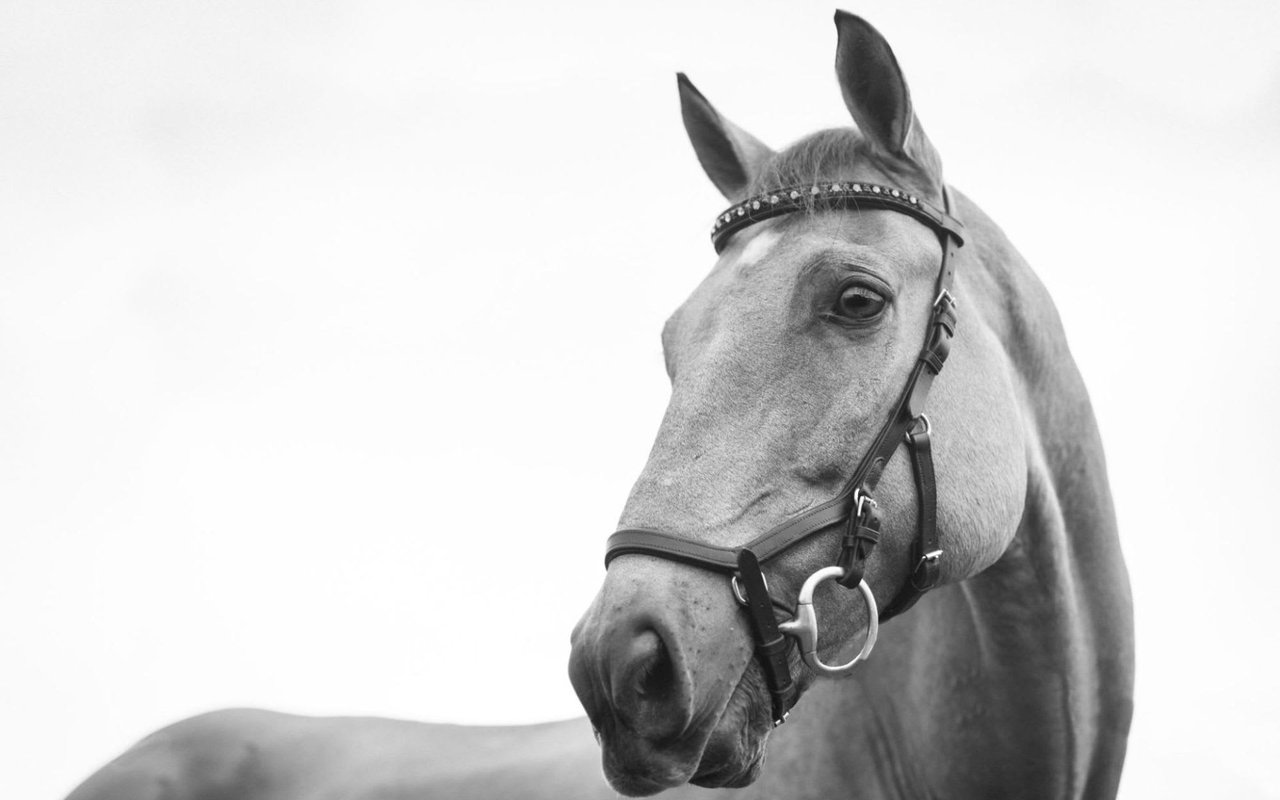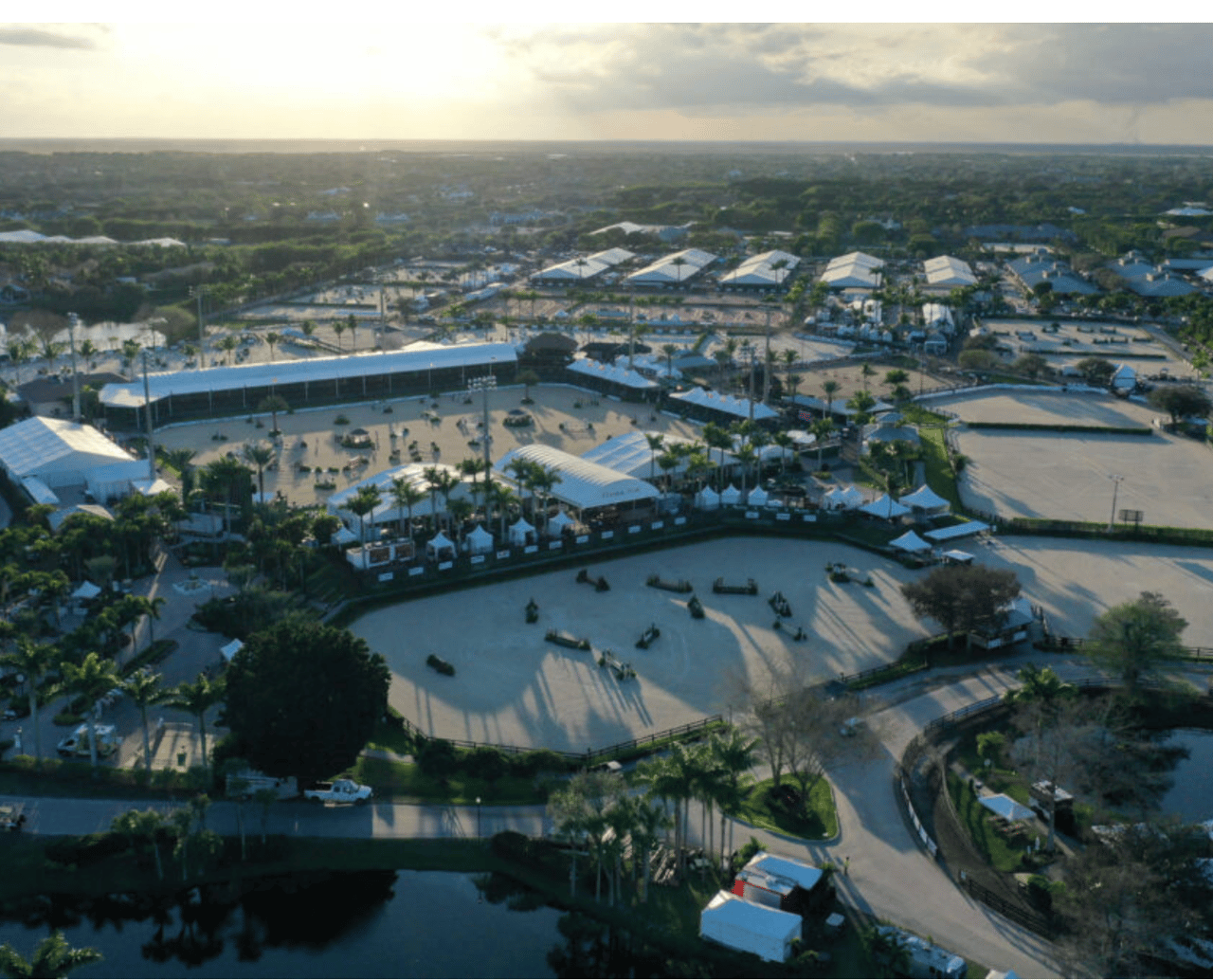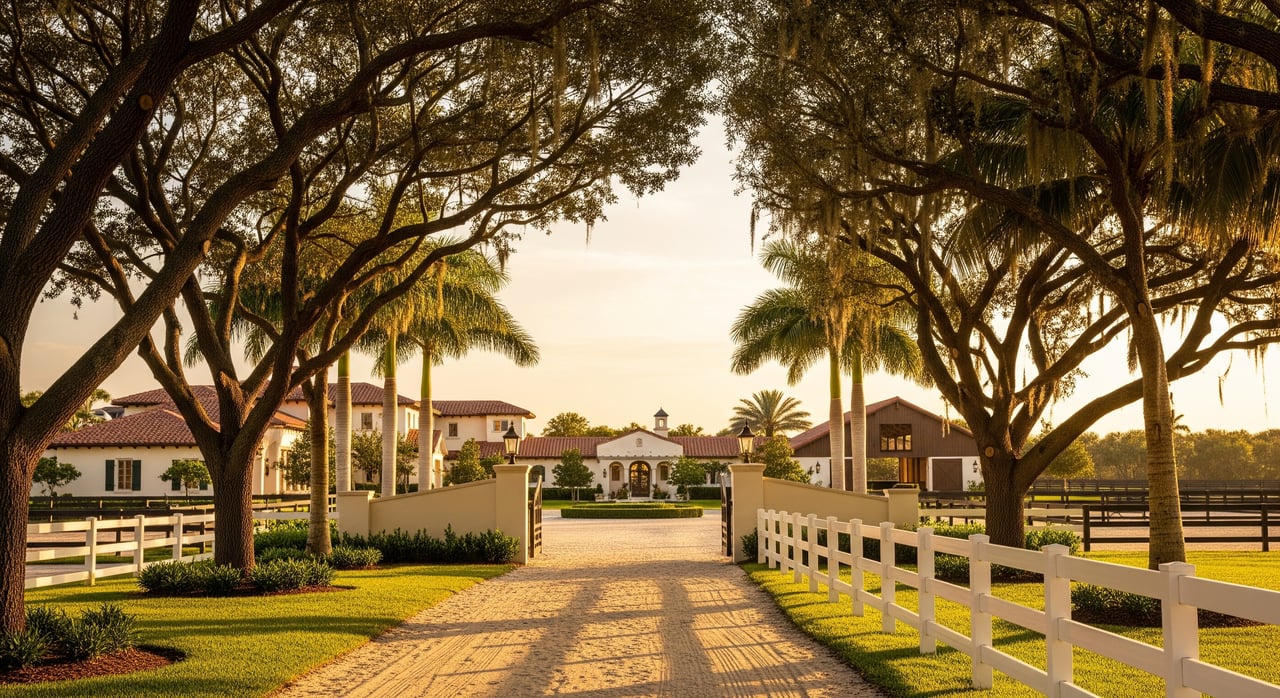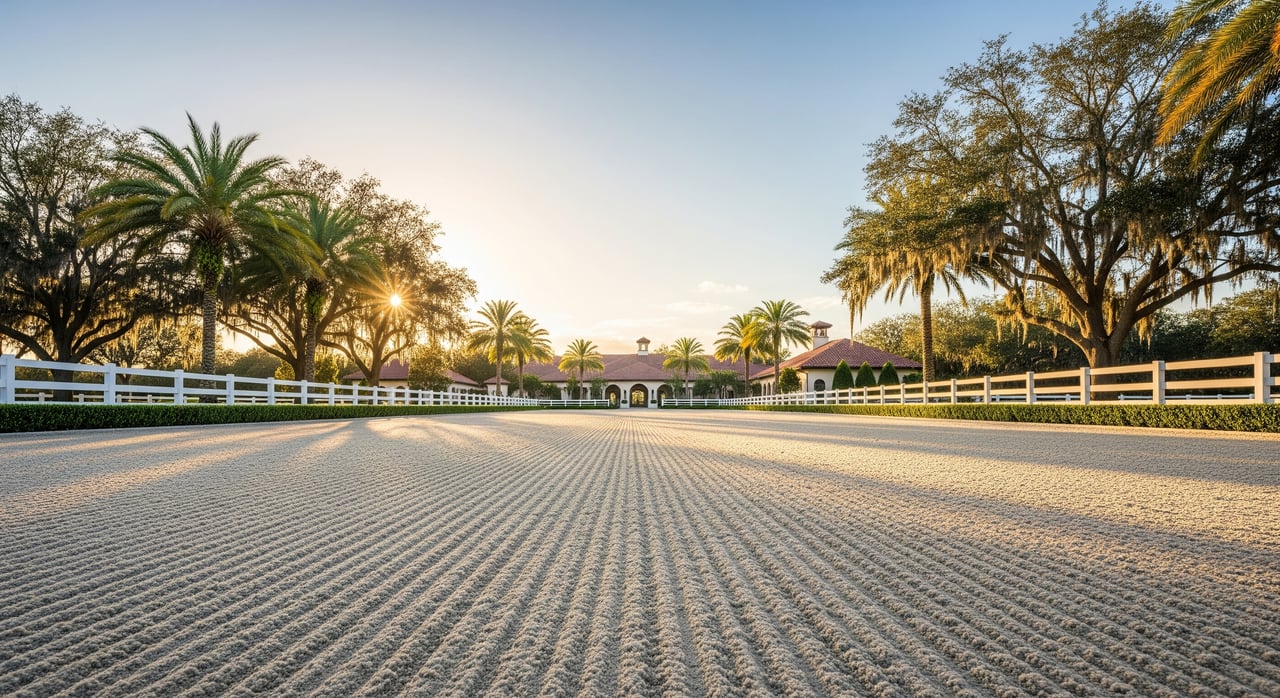In the equestrian world, Wellington, South Florida, is synonymous with horse culture. Known for hosting one of the largest and most prestigious horse shows in the world, the Winter Equestrian Festival, Wellington is a hub for equine enthusiasts and professionals. Building a barn in this elite environment requires adherence to high standards and a deep understanding of what makes a barn functional, safe, and conducive to horse health.
If you’re ready to build a barn for your Wellington property, read on. This comprehensive guide will explore the essential considerations and best practices for constructing a barn that meets the unique needs of horses in the warm, humid climate of South Florida.
Understanding the Wellington Climate and its Impact on Design
Wellington's climate is characterized by its high humidity and significant heat for much of the year, with a brief, mild winter. These conditions pose specific challenges for equine health, making ventilation and shade paramount in barn design. Effective barn construction begins with orientation; ideally, barns should be positioned to take advantage of natural breezes, which can help reduce the buildup of stale air and heat. Overhangs and roof extensions can provide necessary shade, lowering the temperature inside the barn and providing relief from the intense sun.
Materials and Construction
Choosing the right materials is crucial for ensuring the durability and functionality of your barn. In humid climates like South Florida, materials that resist rust and decay are preferable. Galvanized steel, treated wood, and certain composite materials can withstand humidity and resist the corrosive effects of salt air, which is especially relevant in coastal areas like Wellington. Roofing materials should reflect sunlight to help keep the interior of the barn cooler. Additionally, incorporating insulated roof panels can reduce heat transfer, maintaining a more consistent internal temperature for your horses.
Ventilation
Proper ventilation is essential for maintaining air quality and regulating temperature within the barn. Strategic placement of windows, vents, and doors can facilitate cross-ventilation, allowing fresh air to enter and stale, warm air to escape. Cupolas and ridge vents can effectively ventilate hot air out of the barn as it rises, while large, operable windows offer additional airflow and natural light. Fans are also a critical component in promoting air circulation, helping to keep flies at bay and reducing the risk of respiratory issues in horses.
Stall Design and Flooring
The design of individual stalls is vital to a horse’s comfort and safety. Stalls should be spacious enough to allow the horses to turn around, lie down, and stand up comfortably. The standard size for a stall is typically 12x12 feet, but larger horses will require more space.
The choice of flooring is equally important; it should provide sufficient drainage and be easy to clean. Options like crushed limestone topped with rubber mats can offer good drainage and are gentle on horses' legs. Flooring materials should provide adequate grip to prevent slips and falls, especially in areas prone to wetness, such as wash racks. Rubber mats or textured concrete can offer durability and safety. It's also important to ensure that the stall partitions are high enough to prevent horses from jumping over them and sturdy enough to withstand kicking and other wear and tear.
The choice of flooring is equally important; it should provide sufficient drainage and be easy to clean. Options like crushed limestone topped with rubber mats can offer good drainage and are gentle on horses' legs. Flooring materials should provide adequate grip to prevent slips and falls, especially in areas prone to wetness, such as wash racks. Rubber mats or textured concrete can offer durability and safety. It's also important to ensure that the stall partitions are high enough to prevent horses from jumping over them and sturdy enough to withstand kicking and other wear and tear.
Water and Feed Storage
Efficient storage solutions for feed and water can significantly impact the daily operations of a barn. Feed rooms should be designed to keep feed dry and safe from pests, with airtight containers and a well-organized layout. Water systems in each stall must be easily accessible for the horses and simple to clean. Automatic waterers are a popular choice, as they ensure a fresh water supply, but they must be regularly checked and cleaned to prevent the growth of algae and bacteria.
Paddock and Turnout Areas
The design of paddock and turnout areas is crucial for horse health, allowing them to exercise and stay healthy. These areas should offer ample space for movement, with safe, secure fencing to prevent escape and injury. The ground should be well-drained to avoid the formation of mud pits, especially during South Florida's rainy season. Sheltered areas or covered walkways that provide protection from the sun and rain are also essential, ensuring that horses can spend time outdoors without suffering from the elements.
Pathways and Emergency Considerations
Ensuring easy access to and from the barn is vital for operational efficiency and safety. Pathways should be wide enough to accommodate vehicles and equipment, and surfaces should be non-slip to prevent accidents in wet conditions. Emergency exits and fire safety measures must be clearly marked and accessible, with fire extinguishers strategically placed throughout the facility.
By incorporating the right features and materials, you can create a facility that meets the high standards of Wellington’s equestrian community and provides a safe, comfortable home for your horses. Remember, a well-planned barn is more than just a shelter for your horses; it's a crucial component of their overall care and well-being.
For expert guidance in Wellington, FL, real estate estate, team up with trusted broker Kirsten Kopp.
By incorporating the right features and materials, you can create a facility that meets the high standards of Wellington’s equestrian community and provides a safe, comfortable home for your horses. Remember, a well-planned barn is more than just a shelter for your horses; it's a crucial component of their overall care and well-being.
For expert guidance in Wellington, FL, real estate estate, team up with trusted broker Kirsten Kopp.




